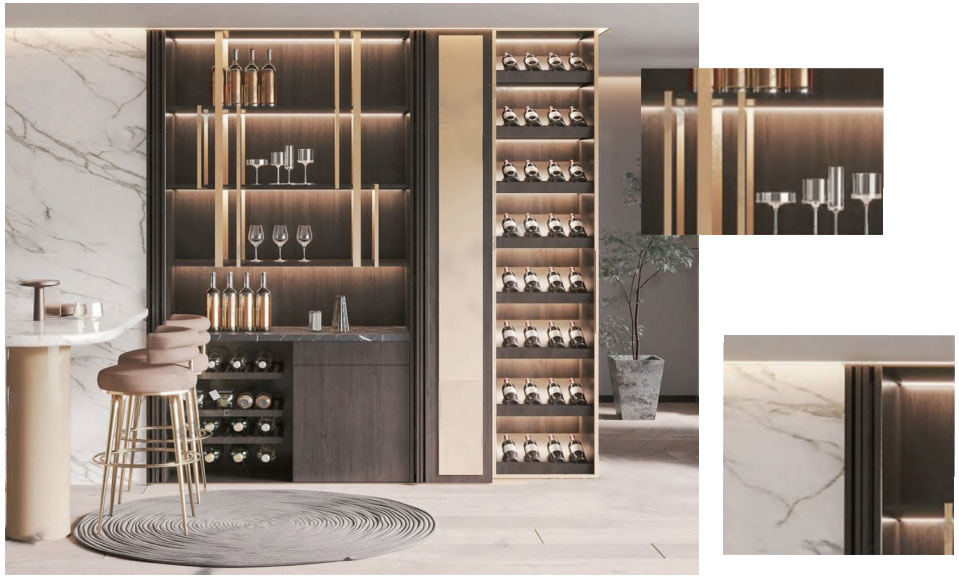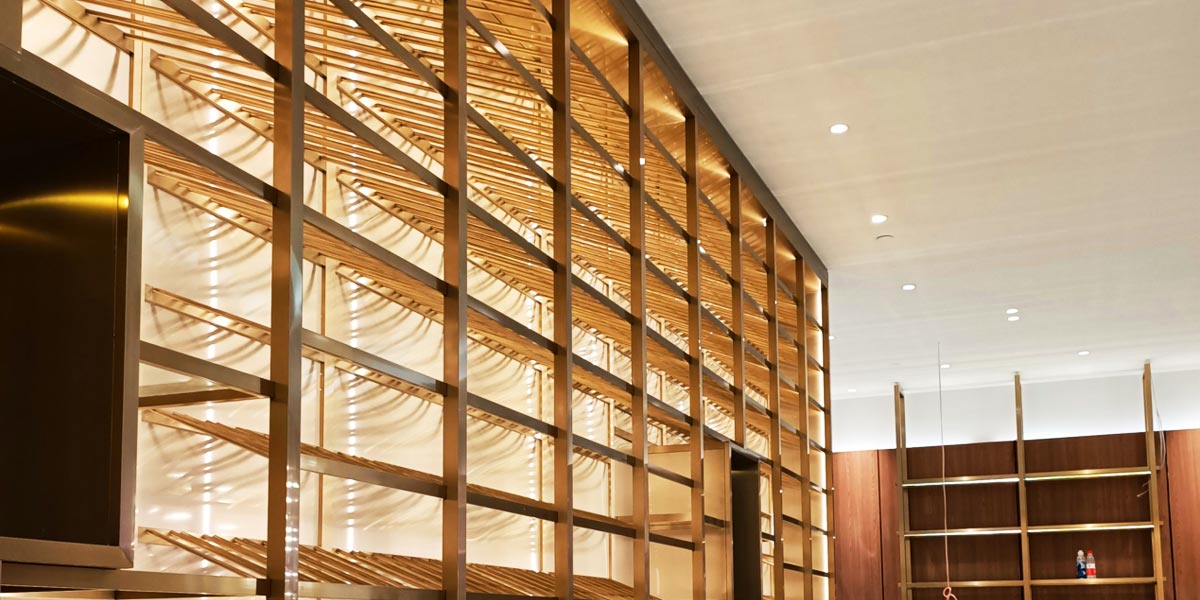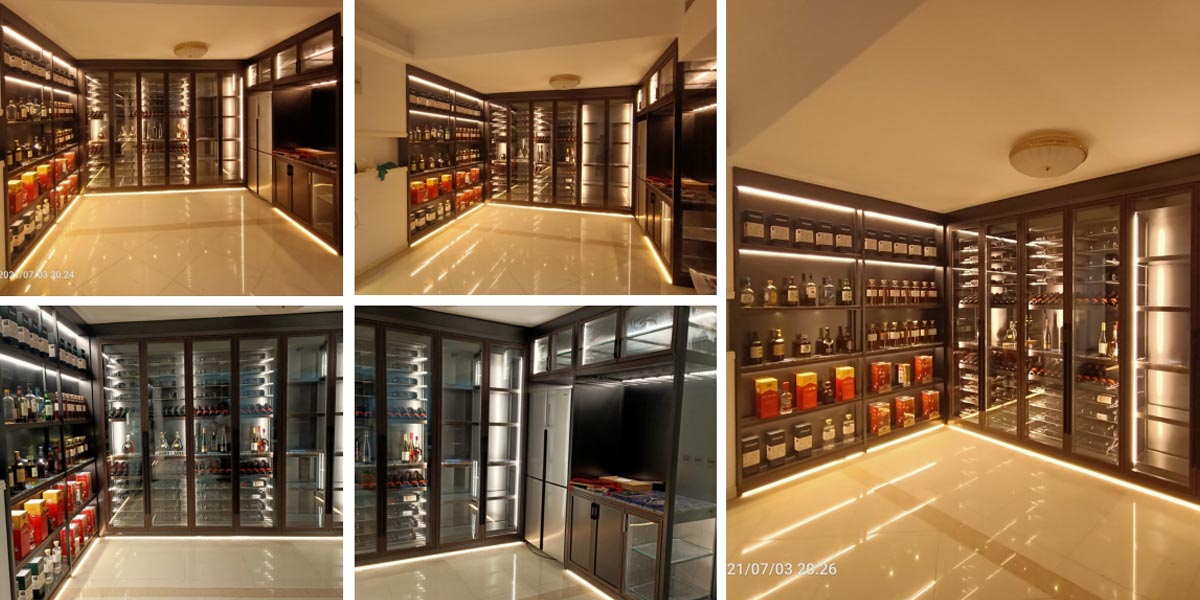Comparing Stainless Steel Wine Cabinets with Other Materials
When it comes to wine storage, the choice of material for wine cabinets plays a critical role in preserving wine quality while adding aesthetic value to a space. Stainless steel, wood, and glass are among the most popular materials for wine cabinets, each with its own set of advantages and disadvantages. However, stainless steel has consistently stood out for its durability, functionality, and modern appeal.
1. Durability and Longevity
· Stainless Steel: Stainless steel wine cabinets are known for their exceptional durability. The material is resistant to rust, corrosion, and physical damage, making it ideal for long-term use in both residential and commercial environments. Stainless steel maintains its structural integrity even under heavy usage or exposure to humidity, ensuring years of reliable performance.
· Wood: Wooden wine cabinets, while visually appealing, are prone to wear and tear over time. They can warp, crack, or rot when exposed to humidity or temperature fluctuations, common in wine storage conditions. Additionally, wood is susceptible to pest infestations, such as termites, which can compromise its durability.
· Glass: Glass wine cabinets can create an elegant display but are inherently fragile. They are vulnerable to breakage, scratches, and temperature-induced stress, requiring careful handling.
Advantage: Stainless steel surpasses wood and glass in terms of durability, making it a cost-effective and reliable choice for wine storage.
2. Resistance to Environmental Factors
· Stainless Steel: Stainless steel is highly resistant to environmental factors such as humidity, temperature fluctuations, and pests. It does not absorb moisture, preventing issues like mold or mildew, and remains unaffected by exposure to UV light.
· Wood: Wooden wine cabinets are less resistant to environmental factors. Moisture can seep into the wood, causing swelling or warping, while direct sunlight can fade the finish over time.
· Glass: Glass wine cabinets are not affected by moisture or pests but offer little insulation against temperature changes. Prolonged exposure to sunlight can also compromise the quality of the wine stored inside.
Advantage: Stainless steel offers superior protection against environmental challenges, ensuring optimal wine storage conditions.
3. Aesthetic Appeal and Design Versatility
· Stainless Steel: Stainless steel wine cabinets have a sleek, modern look that complements contemporary interiors. They are versatile and can be combined with materials like glass doors or LED lighting to enhance the visual appeal. Stainless steel also comes in various finishes, such as polished, brushed, or matte, offering customization options for different design preferences.
· Wood: Wooden wine cabinets exude a classic, timeless charm, often associated with traditional or rustic decor styles. However, their aesthetic appeal can be limited by the type of wood and finish, and they may not blend well with modern interiors.
· Glass: Glass wine cabinets create an elegant display, showcasing the wine collection prominently. However, their minimalist design can sometimes feel less substantial compared to stainless steel or wood, and they may require frequent cleaning to maintain their visual appeal.
Advantage: Stainless steel strikes a balance between modern elegance and versatility, making it suitable for a wide range of interior styles.
4. Ease of Maintenance
· Stainless Steel: Stainless steel is non-porous and easy to clean. It resists stains, odors, and bacteria, requiring only a damp cloth and mild detergent for upkeep. The material’s hygienic properties make it especially suitable for commercial settings where cleanliness is paramount.
· Wood: Wooden wine cabinets are more challenging to maintain. The porous nature of wood makes it susceptible to stains and odors, and it requires regular polishing or sealing to maintain its appearance and prevent damage.
· Glass: Glass wine cabinets are easy to clean but require frequent attention to remove smudges, fingerprints, and dust. Additionally, cleaning glass surfaces can be more time-consuming compared to stainless steel.
Advantage: Stainless steel offers the easiest and most practical maintenance requirements among the three materials.
5. Temperature and Humidity Control
· Stainless Steel: Stainless steel wine cabinets often come equipped with advanced temperature and humidity control systems. The material itself does not react to changes in temperature, ensuring consistent storage conditions for wine.
· Wood: While wooden wine cabinets can insulate well, they are sensitive to fluctuations in humidity and temperature, which can lead to structural damage over time.
· Glass: Glass wine cabinets provide minimal insulation and are less effective at maintaining stable storage conditions, which can negatively impact wine quality.
Advantage: Stainless steel provides superior temperature and humidity control, protecting wine collections more effectively.
6. Sustainability and Environmental Impact
· Stainless Steel: Stainless steel is a recyclable material, making it an eco-friendly choice. Its long lifespan further reduces waste and the need for replacements.
· Wood: Wooden wine cabinets can be sustainable if made from responsibly sourced timber. However, they require more maintenance and may have a shorter lifespan, leading to higher long-term environmental impact.
· Glass: Glass is also recyclable, but its fragility and shorter lifespan compared to stainless steel make it less sustainable for long-term use.
Advantage: Stainless steel is the most sustainable option when considering durability and recyclability.
7. Cost and Value
· Stainless Steel: Stainless steel wine cabinets may have a higher initial cost compared to wood or glass. However, their durability, low maintenance, and longevity make them a cost-effective investment over time.
· Wood: Wooden wine cabinets are often priced based on the type of wood used. While some options may be affordable, high-quality wooden cabinets can be expensive and may require costly maintenance.
· Glass: Glass wine cabinets are typically less expensive upfront but may incur additional costs for replacements or repairs due to their fragility.
Advantage: While the upfront cost of stainless steel may be higher, its long-term value outweighs the expenses associated with wood or glass cabinets.
Why Stainless Steel Stands Out
Stainless steel wine cabinets outperform their wooden and glass counterparts in nearly every category. From superior durability and corrosion resistance to ease of maintenance and modern aesthetic appeal, stainless steel offers unmatched advantages. While wooden cabinets exude traditional charm and glass cabinets create elegant displays, they fall short in terms of longevity, environmental resistance, and practicality.
Whether for a wine connoisseur’s home or a busy commercial venue, stainless steel wine cabinets are the ultimate choice for those seeking functionality, style, and reliability. With their long lifespan and ability to protect wine under ideal conditions, they represent a smart and sustainable investment for wine storage.
Hot News
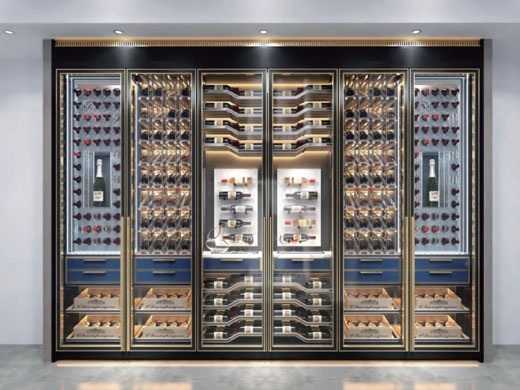
Single-Zone vs. Dual-Zone Stainless Steel Wine Cabinets: Which One Should You Choose?
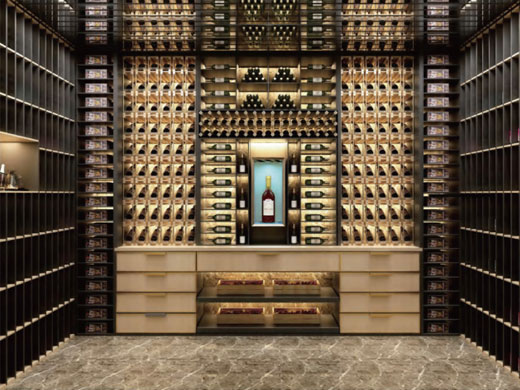
Best Commercial Stainless Steel Wine Cabinets for Bars & Restaurants
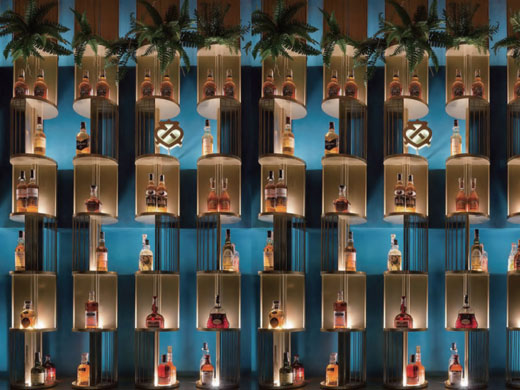
The Best Stainless Steel Wine Cabinets for Outdoor Use
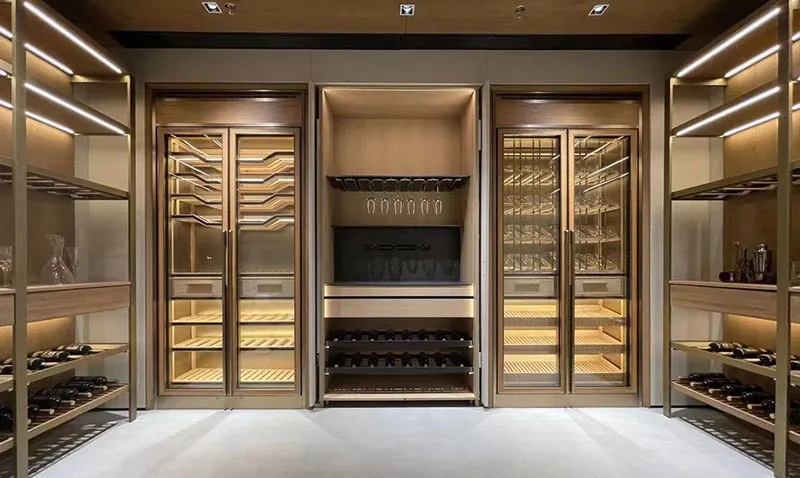
Why Stainless Steel Wine Cabinets Are the Best Choice for Modern Homes
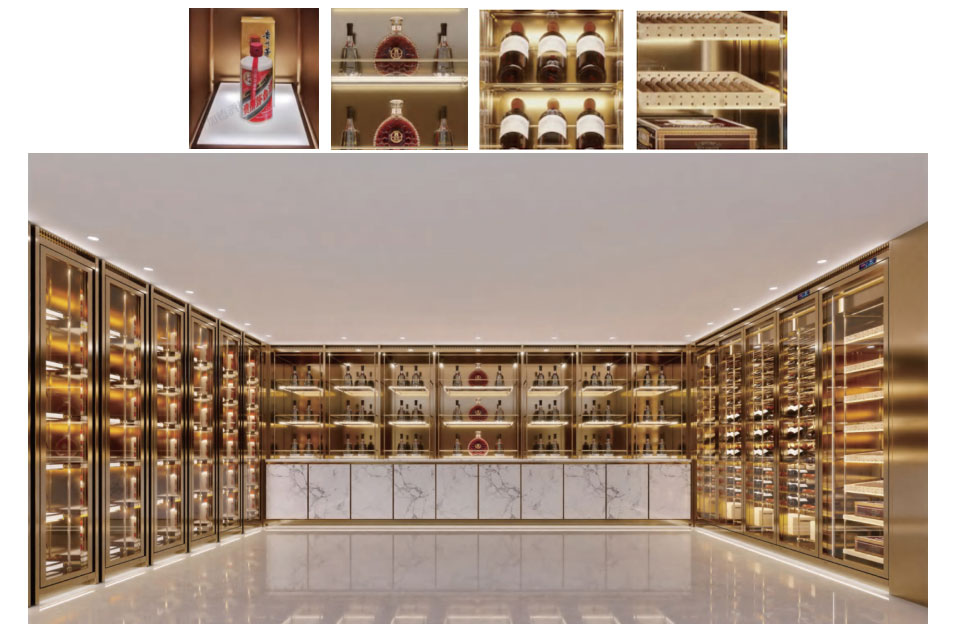
Luxury Stainless Steel Wine Cabinets: A Must-Have for Wine Collectors
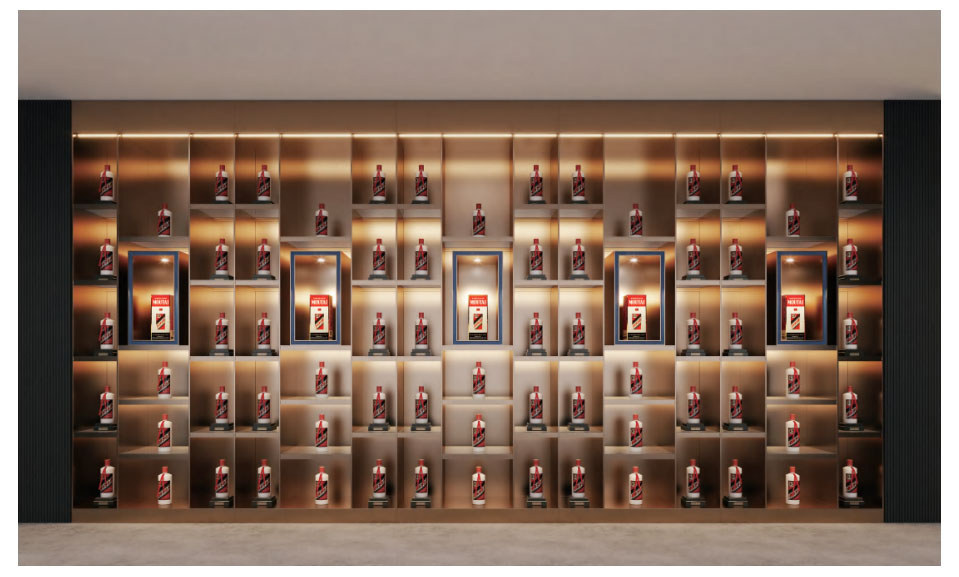
Stainless Steel Wine Cabinets for Restaurants: Why They Are Essential?
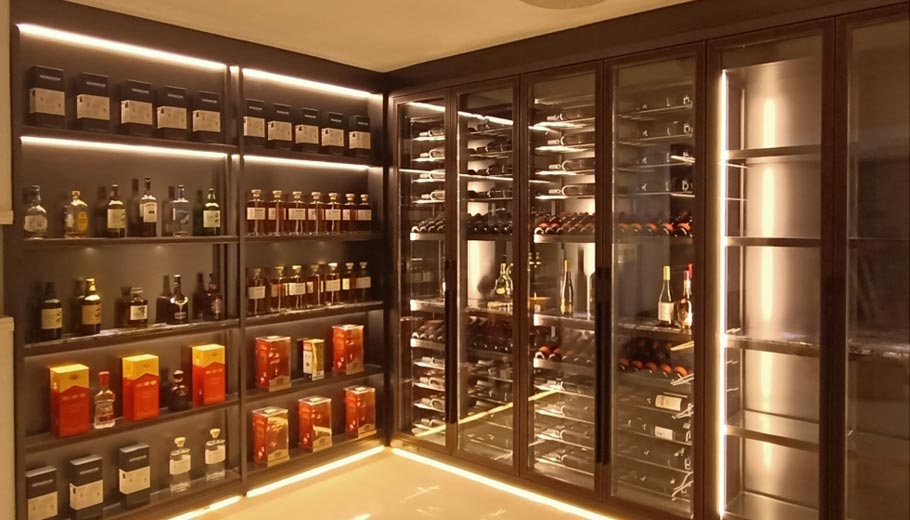
Troubleshooting Common Issues with Stainless Steel Wine Cabinets
